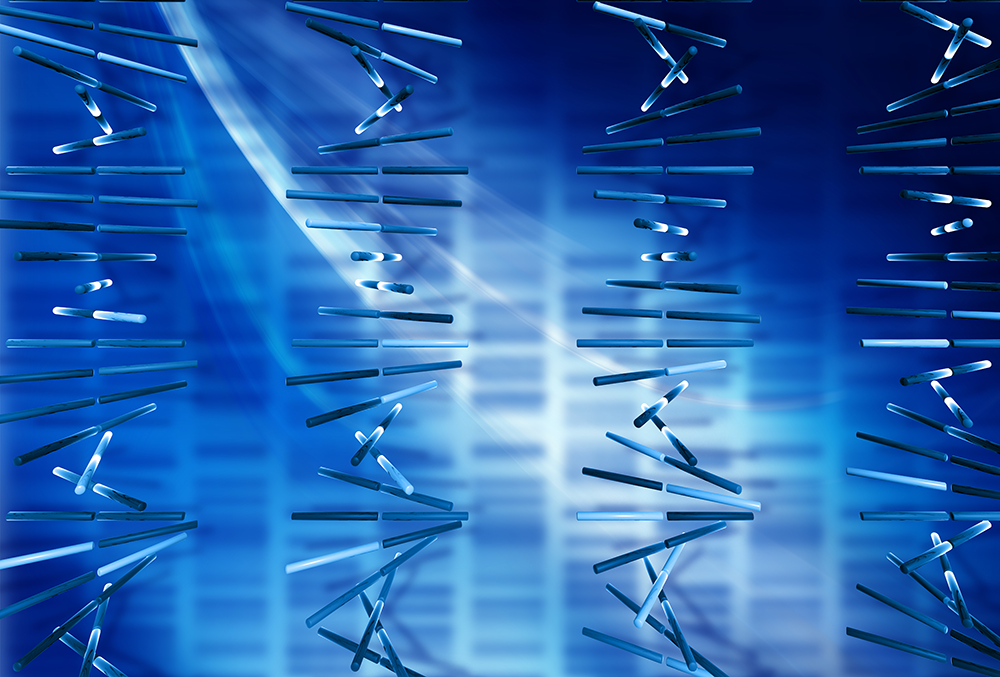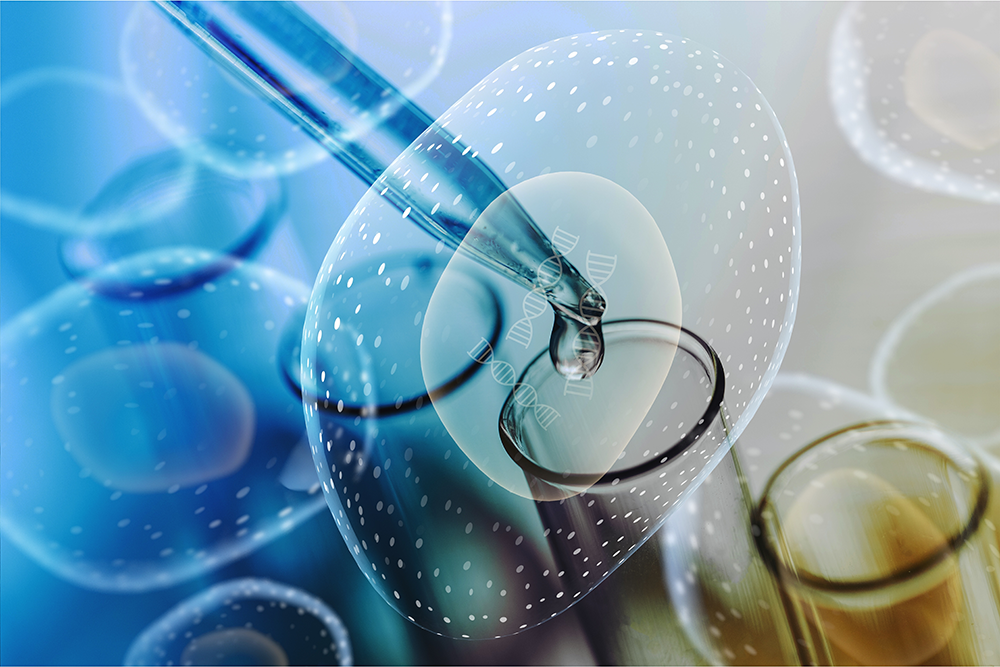Cell lysis and tissue homogenization are important techniques for breaking open cells and releasing their contents for further analysis. Cell lysis involves disrupting the cell membrane or cell wall to release the cellular contents, whereas tissue homogenization involves breaking down tissue samples to create a homogeneous suspension of cellular components. These processes release cellular content such as proteins, DNA, and RNA.
However, especially for proteomics studies, efficient cell lysis and tissue homogenization pose a challenge to scientists, as the goal is to obtain the maximum number of proteins to successfully proceed to the next steps of sample preparation and beyond. This is even more evident when working with difficult-to-process, small, precious, and rare cell and tissue samples.
Here, we discuss these challenges and present an effective solution that streamlines the process for efficient and reproducible protein extraction.
Common Challenges with Cell Lysis and Tissue Homogenization
To obtain reliable and accurate proteomic data, an efficient and reproducible sample preparation process is essential. However, this process can pose several challenges:
1. Sample integrity: Maintaining the integrity of the cellular components during lysis and homogenization is crucial. Harsh mechanical, chemical, or enzymatic treatments can damage or degrade the target molecules, resulting in reduced yields or loss of functionality and affecting the downstream biological interpretation.
2. Reproducibility: Achieving consistent results across different samples and experiments can be difficult due to variations in tissue type, cell density, and experimental conditions. This problem can be exacerbated by manual processes that introduce variability during sample collection, storage, cleanup, and more.
3. Efficiency: Cell lysis and tissue homogenization need to be efficient to maximize the yield of the desired molecules. Incomplete cell disruption can lead to low recovery of target molecules and potential loss of valuable information.
4. Contamination: Sterility and cleanliness must be maintained throughout the process to avoid contamination with foreign substances, such as nucleases, proteases, or other cellular components that can interfere with downstream analyses.
Struggling with these challenges? Read: 5 Considerations for Reproducible Proteomics Sample Preparation.
Instrument Considerations for Cell Lysis and Tissue Homogenization
Specialized equipment and consumables can be used for efficient cell lysis and tissue homogenization, reducing the time spent on manual and tedious workflows. However, there are important considerations when evaluating instruments:
1. Method selection: Select the most suitable method (mechanical, chemical, or enzymatic) and instrument (homogenizers, sonicators, bead mills) based on the specific sample type, target molecules, and downstream applications. Consider the advantages and limitations of each method and instrument to maximize efficiency and minimize sample damage.
2. Equipment operation: Operating specialized equipment may require training and expertise, particularly for optimizing the settings and parameters to achieve the best results. Inexperienced users may encounter difficulties in achieving consistent lysis and homogenization. An easy-to-use instrument with little maintenance may be desirable.
3. Cost: High-quality cell lysis and tissue homogenization equipment can be expensive, which may be an issue for researchers with limited budgets.
4. Throughput: The throughput of cell lysis and tissue homogenization equipment can be a limiting factor, particularly when processing a large number of samples. Researchers may need to balance the need for efficient processing with the time and resources required for equipment operation. Higher throughput dictates shorter processing time combined with a higher degree of parallelization.
5. Space requirements: Some cell lysis and tissue homogenization equipment, such as large homogenizers or sonicators, may require substantial space, posing challenges for laboratories with limited space. They may also require chiller units.
6. Noise and vibration: Some equipment, particularly sonicators and mechanical homogenizers, can generate significant noise and vibration during operation, which can be disruptive to the laboratory environment and may require additional safety precautions or protective measures.
Specialized equipment and consumables can significantly improve the efficiency of cell lysis and tissue homogenization, but it is crucial to select the appropriate method and instrument, ensure proper operation and training, and consider factors like throughput, space requirements, and noise. Balancing these considerations will help researchers achieve consistent and reliable results in their experiments.
Meet BeatBox: Fast, reliable, easy-to-use tissue homogenizer and cell lyser
Application notes: See how the BeatBox tissue homogenizer and cell lyser performs with various cell and tissue types as well as FFPE samples.
The BeatBox is a dedicated, semi-automated instrument for fast and streamlined tissue homogenization and cell lysis of different sample types with minimal risk of cross-contamination and heat induction. Its small footprint, quiet operation, and ease of use make BeatBox suitable for any laboratory.
Flexible regarding input amounts (1-50 mg), BeatBox consistently delivers reproducible results even for challenging downstream analysis like mass spectrometry-based proteomics with scalable throughput from 1-96 samples. The instrument completes sample homogenization in as little as 10 minutes with the simple push of a button.
Discover how the BeatBox, with its revolutionary GYUTO bead technology, works in our short 3D video animation.



.webp)








